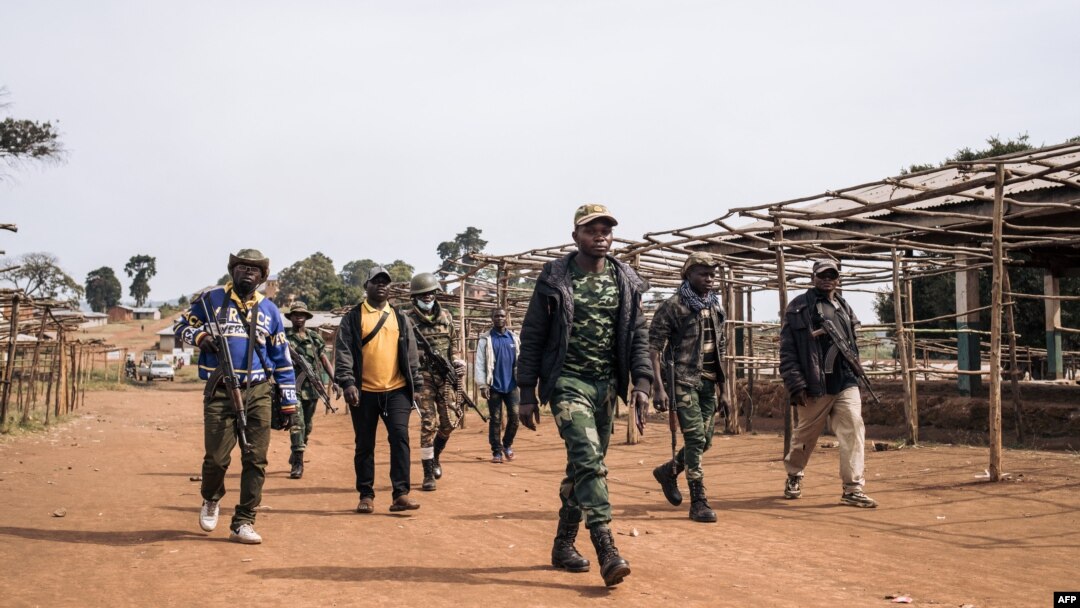The WHO said neglected tropical diseases [NTDs] disproportionately affect the poorest people, primarily in areas where water safety, sanitation and access to health care are inadequate.
They are deemed neglected because they are largely overlooked and benefit from only limited funding.
NTDs are a diverse group of 20 conditions mainly prevalent in tropical areas. They are caused by a variety of pathogens including viruses, bacteria, parasites, fungi and toxins.
NTDs include Chagas disease, dengue, Guinea-worm disease, sleeping sickness, leishmaniasis, leprosy, river blindness, rabies, scabies, snakebite envenoming and trachoma.
Soce Fall, director of the WHO's NTDs department, said they had been neglected because they did not affect developed countries.
By comparison, he cited the investment poured into Mpox as soon as it began spreading outside Africa last year.
"The level of investment needed -- we are far from reaching it," he told a press briefing.
"It is time now for more equity. We need to protect people wherever they are, and whatever their social condition."
In 2021, around 1.65 billion people were estimated to require treatment for at least one NTD -- a figure down 80 million from 2020.
The number of people requiring NTD interventions has fallen consistently from 2.19 billion in 2010, the WHO said in a progress report released on World NTD Day.
As of December, 47 countries had eradicated at least one NTD, with eight certified as having eliminated one in 2022 alone.
"Around the world, millions of people have been liberated from the burden of neglected tropical diseases, which keep people trapped in cycles of poverty and stigma," said WHO director-general Tedros Adhanom Ghebreyesus.
"We still have a lot of work to do. The good news is, we have the tools and the know-how not just to save lives and prevent suffering, but to free entire communities and countries of these diseases."


